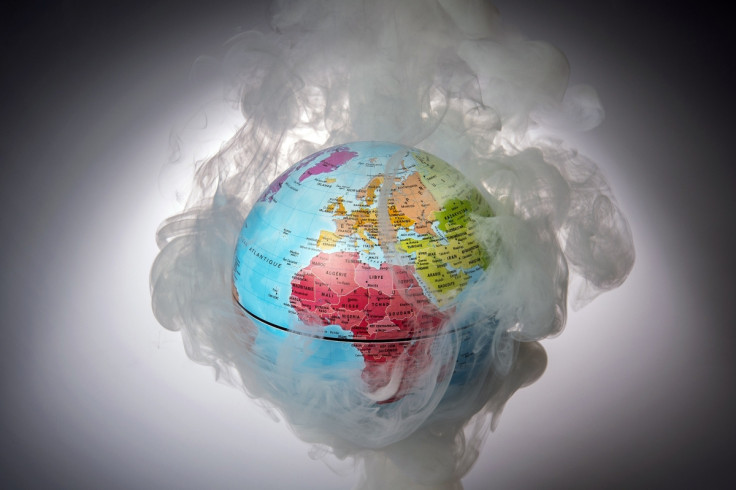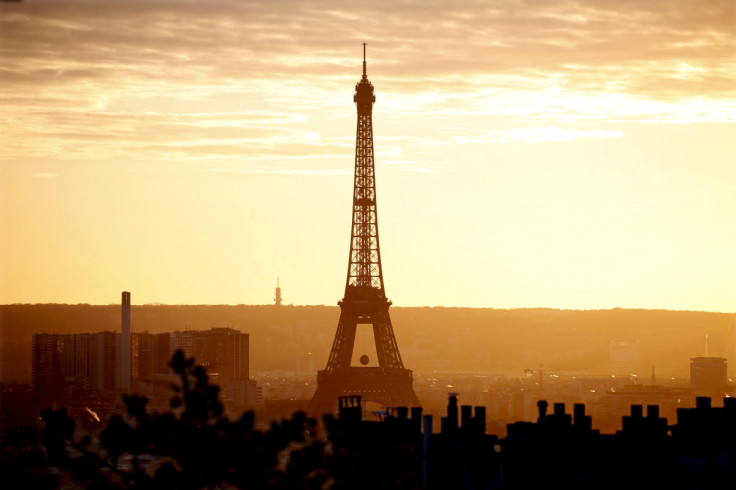Paris COP21 climate talks: What is the 2C limit and what happens if global warming exceeds it?

At the COP21 Paris climate change talks, nations will be trying to reach a deal that means global warming will not surpass 2C by the end of the century. Currently, if greenhouse gas emissions were to remain at their current levels, we would be looking at warming of around 5C (this is the worst case scenario, but troubling nonetheless). But with these figures thrown around so often, what a world of 2C, 4C or over 5C would mean can get lost in climate change rhetoric.
2C – what is it and why is it the benchmark?
The 2C mark means global temperatures will have risen by 2C above the pre-industrial average. It is the benchmark most scientists working in the field agree would constitute dangerous interference with the climate. At this point, global warming would be irreversible and the effects would be catastrophic, scientists claim.
The Met Office recently announced we had passed 1C warming. The data showed the average global temperature for 2015 was 1.02C above pre-industrial levels. "This is the first time we're set to reach the 1C marker and it's clear that it is human influence driving our modern climate into uncharted territory," said Stephen Belcher, director of the Met Office Hadley Centre.
Leading climate scientist Michael Mann told IBTimes UK that as well as the 1C rise, we are probably already "locked in" to see another half a degree rise from the greenhouse gasses we have already put into the atmosphere: "That means we've got relatively little wiggle room. We've got about half a degree centigrade to work with if we're going to avoid 2C warming.
"What's interesting is the Met Office it's fair to say is a fairly conservative group of scientists. When they said last year that the record flooding over large parts of the UK was made worse by climate change, you'd better believe it was made worse by climate change because they don't' make statements like that lightly."
Current trajectory and COP21

If current emissions continue along a 'business as usual' trajectory – in that nothing is done to limit emissions – we are on course to see global temperatures rise to around 5C. An increase of 5C would mean increases in extremely high temperatures, less snow, a lot more rainfall and rapid sea level rises. Farming and agriculture would be threatened due to significant water shortages and major cities on coasts would be at risk. Many species would be at risk of extinction – the rate of mass extinction will speed up for every extra 1C rise in temperatures.
With current commitments from countries ahead of COP21, Mann said we are probably looking at a 3.5C increase in temperatures. "If you look at all the commitments already on the table, it's about half-way to where we need to be. Half-way from business as usual 5C to 2C by the end of the century. It comes in about 3.5C – it's not all the way to where we need to be, but it gets us half way there, even going into Paris." He said an agreement that gets us down to 2C is unlikely at these climate talks, but the next meeting and so on will hopefully get us down to this all-important benchmark.
What happens if we fail to get warming down to 2C?

It would not be ideal, but it would not necessarily be the end of the world (as we know it). "Sometimes we present it [2C] as if it's a truly objective very precise threshold – like a cliff that if we fall off ... that's not quite right," Mann said. "The analogy I like to use is it's like a highway that is ever sloping downwards and we want to get off that highway as soon as possible, the soonest exit, but if we miss the exit, it doesn't mean we continue on going all the way down the abyss, we take the next exit and if we miss that we take the next.
"So with each exit we miss, we create further risk and that's the way it is with climate change. For every 10<sup>th degree that we warm the planet we create further damages further risk and so it's really about getting off the fossil fuel highway quickly as we can. 2C is often been pointed to as the point where we encounter dangerous interference with the climate. It's really somewhat objective, but it's based on the fact that if you look at impacts of climate change on food, water, health on land availability, national security ... you can go on down the list. What you find when you look at the impacts on each of those sectors, at 2C you really start to see damages across the board."
However, he also said there is an argument to be made that for low-lying island nations, dangerous climate change has already arrived. The 2C threshold is the point where we start to see the impacts of climate change across the globe.
Will we meet the 2C target?
Mann is confident warming can be kept to below 2C – but it will not be easy. And in the meantime he thinks we should begin preparing for a world of change: "Even if we can [keep temperatures below 2C] we are still going to have baked in a certain amount of climate change," Mann said. "A certain amount of additional sea level rise, a certain amount of worsening of drought in many regions. We are going to have to do our best to adapt to those changes that are already baked in while preventing those changes we still can."
© Copyright IBTimes 2025. All rights reserved.






















